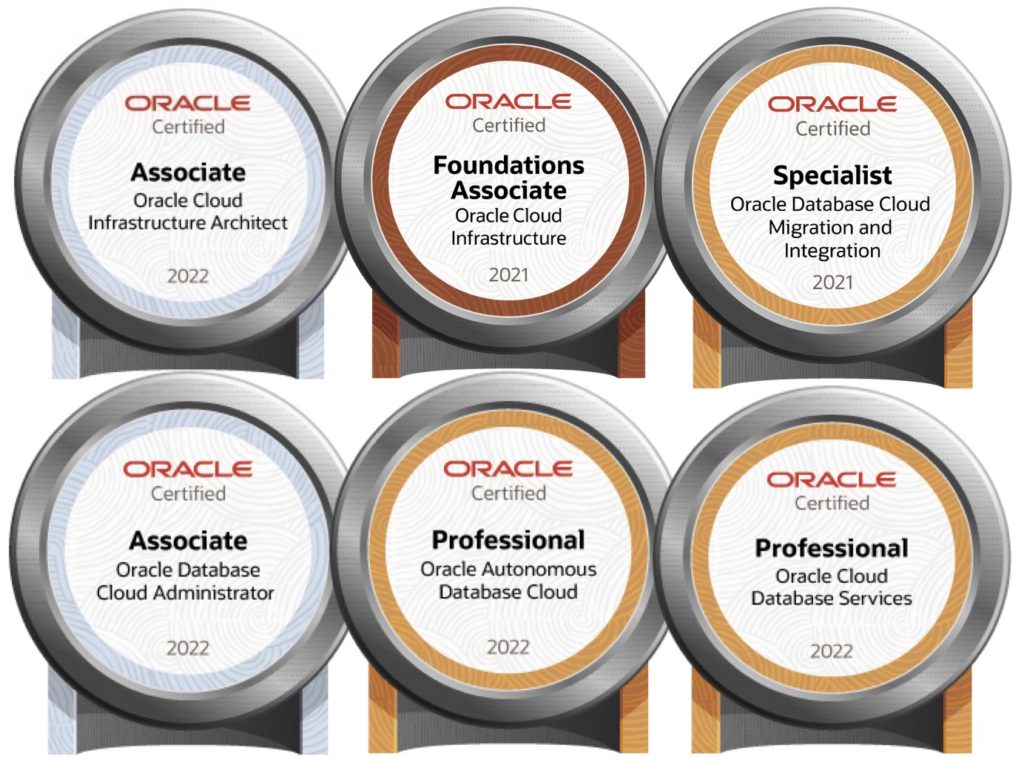Performance Metric Service – Classic Configuration
Almost a year ago, Oracle released Oracle GoldenGate 12c (12.3.0.1.x). At that time, there were two architectures released; Microservices and Classic. Both architectures provided the same enterprise level replication. The only difference was that one enabled a RESTful API interface with HTML5 page and the other was still command line driven.
The biggest change though was with the addition of the Performance Metric Service/Server that come bundled with the core product. This is a huge addition to the core product and allows end-users to monitor their Oracle GoldenGate environment in near-realtime. On the Microservices architecture this service is enabled automatically and can be used on a per deployment basis. With the Classic architecture, it is there but requires a small configuration to get it to work.
In this post, I’ll show you how to get the Performance Metric Service (PMSRVR) in Classic Architecture configured and access the RESTful API endpoints. The context of this post actually builds upon a post I did almost 3 years ago (here), where I talked about how to pull XML information via a browser for Oracle GoldenGate.
After installing Oracle GoldenGate 12c (12.3.0.1.4) Classic Architecture, open GGSCI and evaluate the environment. You should notice that you have a Manager, JAgent, and Performance Metric Service (PMSRVR) all as defaults (Figure 1).
Figure 1:

Next start the Manager (MGR) process. This is done the same way as has been done in in the past – START MGR. Once the MGR process is started, your GGSCI should look like Figure 2.
Figure 2:

Now to get the PMSRVR to work. This requires the editing of the GLOBALS file. The GLOBALS files can be edited either from the command line (vi GLOBALS). Within the GLOBALS file, turn on the ENABLEMONITORING parameter. At this point, you need to understand that there has been a few changes to Oracle GoldenGate with the ENABLEMONTIORING parameter. Without getting into to much details of the changes, you now have to specify the option for UDP.
A simple GLOBALS file would look like this:
ENABLEMONITORING UDP
At this point, you can start the PMSRVR within GGSCI (start pmsrvr) (Figure 3). What this does is provide you with a default port of 9004 to access PMSRVR pages via HTTP. If you want to get more detail and have a bit more control over the port numbers, you can modify the GLOBALS file to specify the HTTP port you want to use.
An example would look like this:
ENABLEMONITORING UDP HTTPPORT 12000
Note: https://docs.oracle.com/goldengate/c1230/gg-winux/GWURF/Chunk1486599197.htm#GWURF474
Then restart the PMSRVR. After the restart, you will be able to access the PMSRVR via the HTTP port specified.
Figure 3:

Now to access the PMSRVR page, just navigate to http://hostname:port/groups (Figure 4). This is the starting point for checking the status.
Figure 4:

Notice that in Figure 4, you see a list of all services that are avaliable within the product. The services like AdminSrvr, Recvsrvr, Distsrvr, and Adminclnt are never executed. This is normal since this is not the Microservice Architecture. These services will not work.
At this point, you can use the web pages to drill into the PMSRVR, MGR and any capture/apply processes that are being monitored by the PMSRVR.
Enjoy!!
Current Oracle Certs

Bobby Curtis

I’m Bobby Curtis and I’m just your normal average guy who has been working in the technology field for awhile (started when I was 18 with the US Army). The goal of this blog has changed a bit over the years. Initially, it was a general blog where I wrote thoughts down. Then it changed to focus on the Oracle Database, Oracle Enterprise Manager, and eventually Oracle GoldenGate.
If you want to follow me on a more timely manner, I can be followed on twitter at @dbasolved or on LinkedIn under “Bobby Curtis MBA”.


Comunicare con Bacheca di Sesso a Trieste incantevoli è un’opportunità unica che ravviva la mia atmosfera.
Communiquer avec des sex a rennes en ligne est toujours enrichissant.
Platicar con Escort Trans encantadoras es una vivencia enriquecedora que ilumina mi ánimo.
Conversare con Moscarossa Liguria Alternativo affascinanti è un’esperienza straordinaria che illumina la mia giornata.
Engaging with graceful sex chat Liverpool is an delightful moment that elevates my perspective.
Engaging with stunning Sex Newcastle is a exhilarating adventure that revitalizes my mood.
Conversar con radiantes Putas cerca de mi es una mágica aventura que enriquece mi día.
Unterhalten mit glamourösen Sexkontakt Anzeigen ist eine magische Chance, die meinen Tag bereichert.
Toute échange avec des trans escort toulon via internet offre des échanges profonds.
Interagir avec des annonce trans toulon superbes est une aventure valorisante qui illumine ma journée.
Interagieren mit Frauen in Schaffhausen strahlend ist eine Erfahrung aufregend, die meine Laune erfrischt.
Kommunizieren mit Sexkontakte in Köniz fesselnd ist eine Chance aufregend, die meinen Alltag aufhellt.